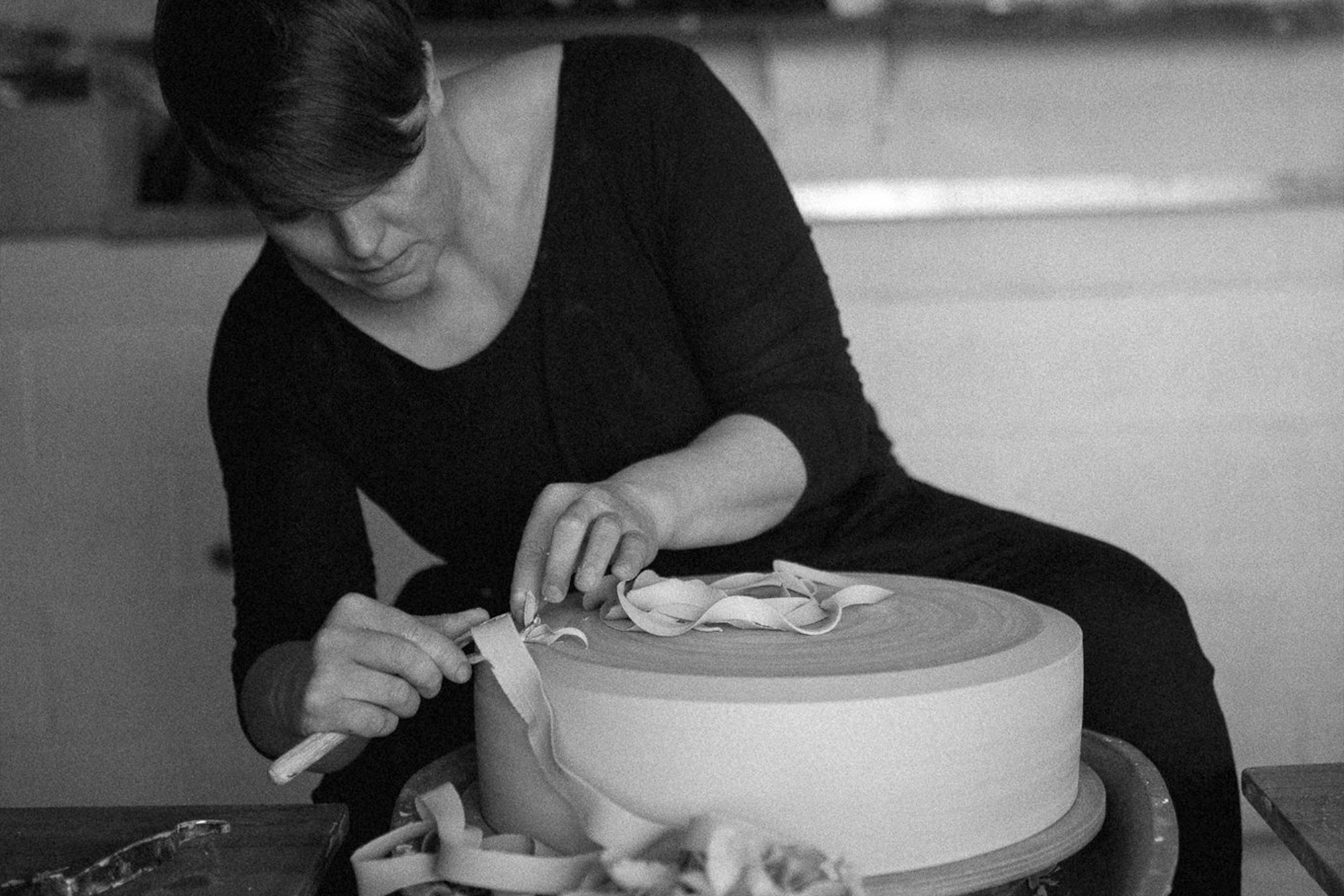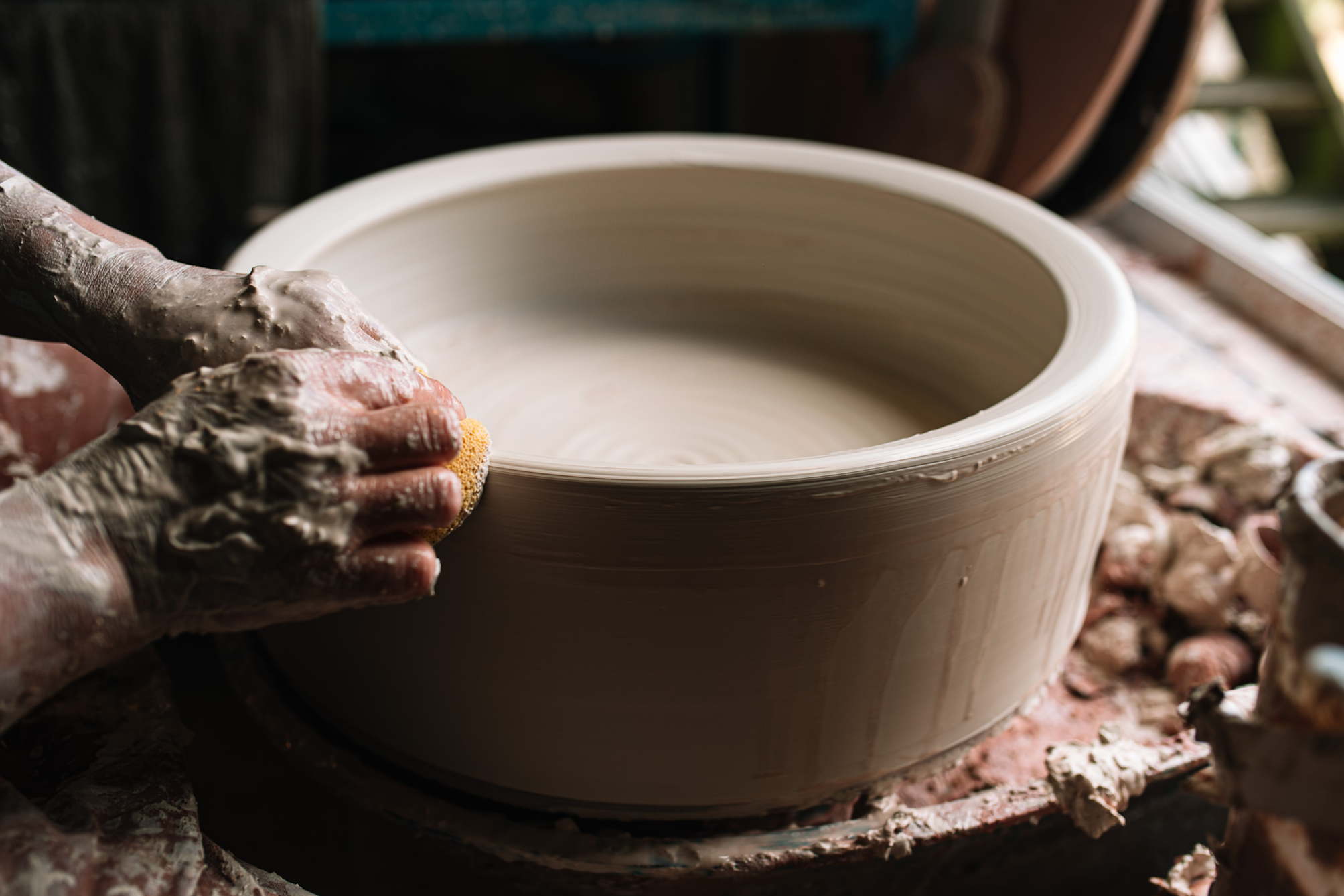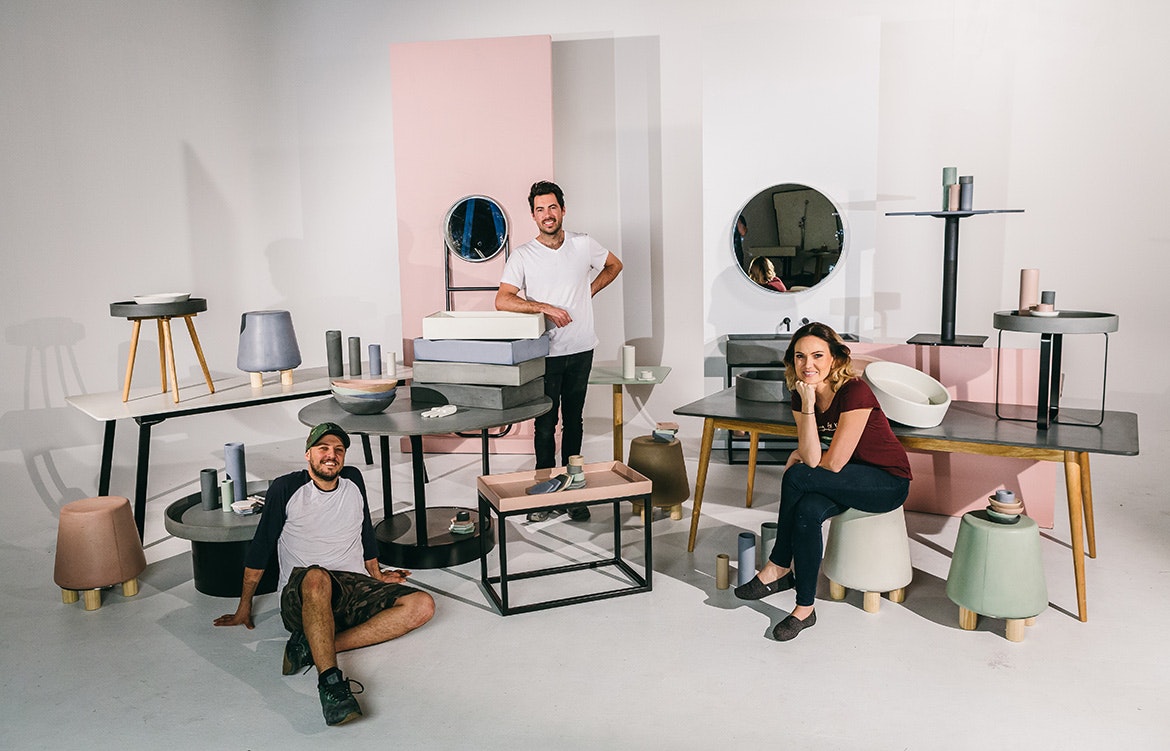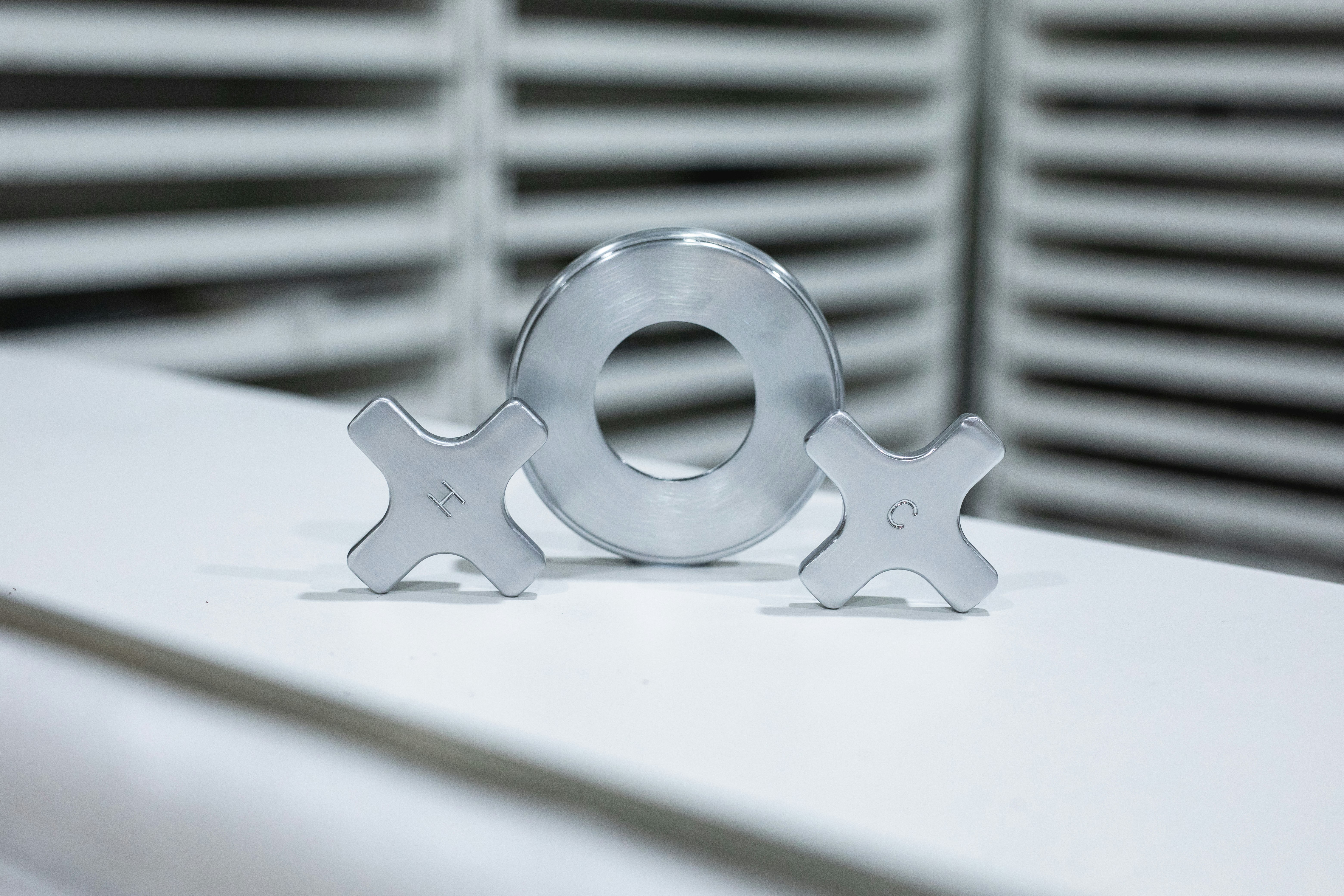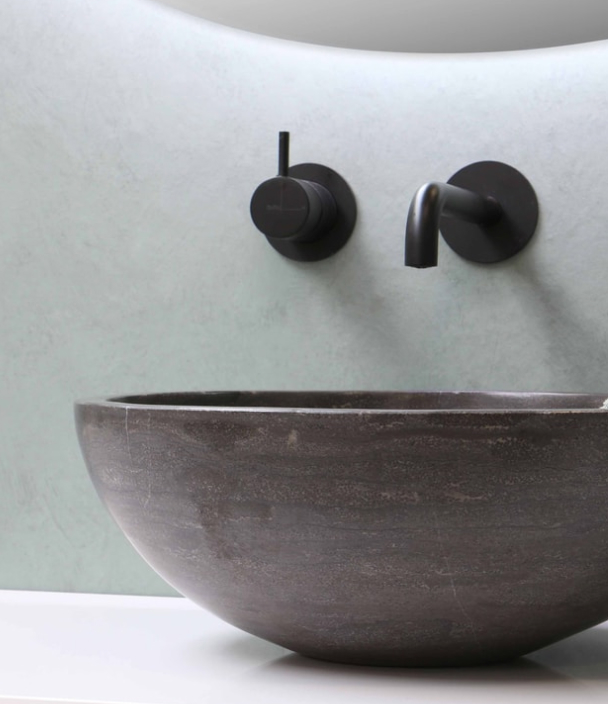Where Architecture meets Art | Lindsey Wherrett Ceramics
The Tasmania-based ceramicist has made a significant mark on the design industry – specifically in the realm of bathware – with a strong focus on locality, craftsmanship, and design excellence.
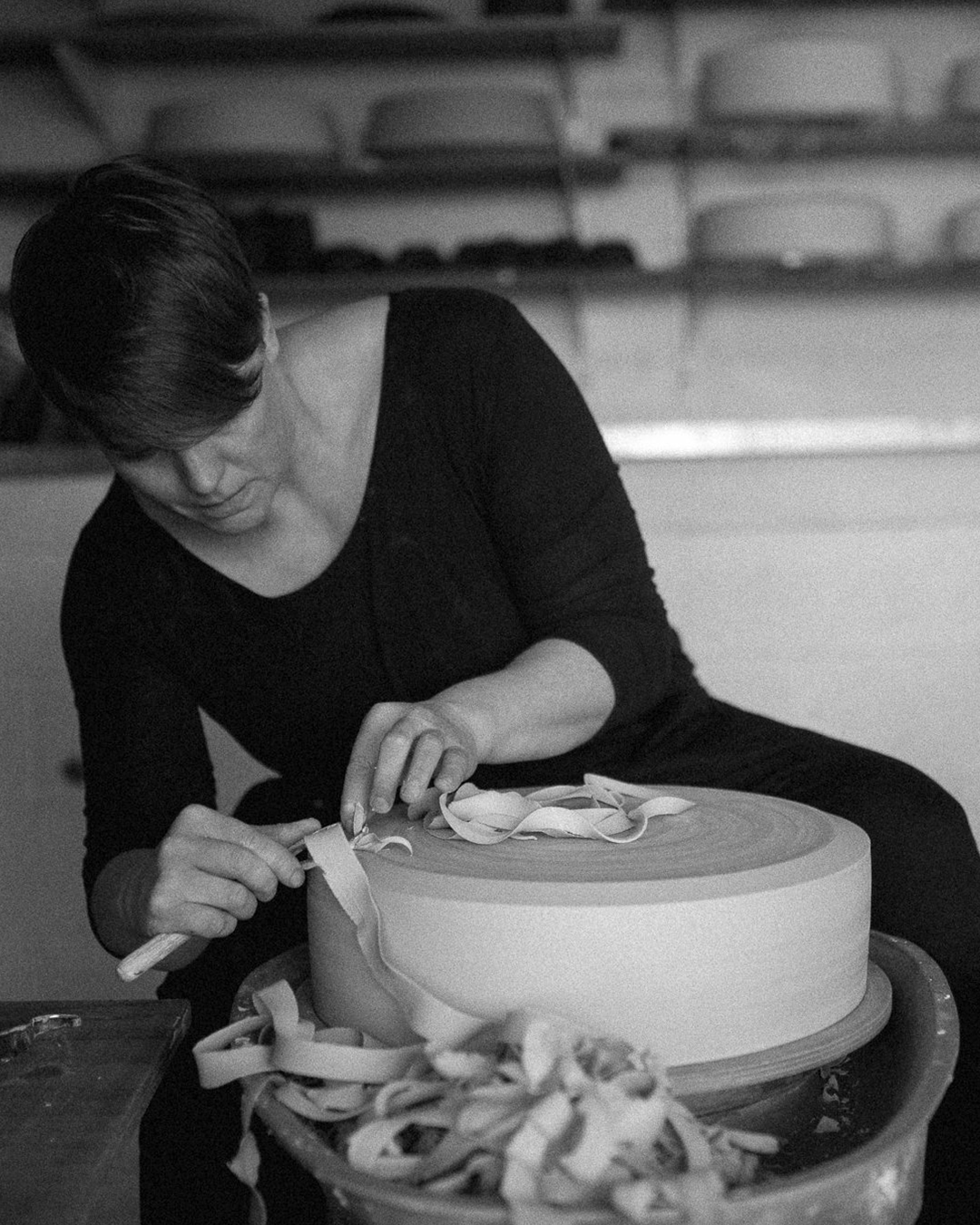
Lindsey Wherrett is one incredibly talented woman. The Tasmania-based ceramicist has made a significant mark on the design industry – specifically in the realm of bathware – with a strong focus on locality, craftsmanship, and design excellence. Esteemed nationwide for her hand-crafted ceramic basins, Lindsey delicately produces each piece with the kind of rare attention to detail we celebrate at Studio xOx. We are the only brick-and-mortar store in Australia that gets the privilege of showcasing her immaculate wares to the public, and we are excited by what’s more to come from the innovative mind of Lindsey Wherrett.
Working out of her Mount Wellington pottery studio, it’s truly remarkable how Lindsey’s design story began and where it is today. Having studied architecture and worked in the field itself, she became frustrated by the disconnect that seemed to exist between the design process and the physical reality of the final built product. Lindsey found that she was drawn to a more direct connection with materials and went on to undertake further training in ceramics.
She discovered a preference for the hands-on nature of ceramics, from inception right through to completion. After making the career change, Lindsey recognised a niche in the Hobart restaurant industry for high-quality, Australian-made ceramic bathroom basins. Testament to her hard work and innovative designs, she’s even gained recognition from the likes of prominent chefs like Tetsuya Wakuda.
From her workshop, Lindsey produces the most exquisite work, and her devotion to good design nods subtly to her architectural foundations. Clean, minimal forms that are perfectly functional are built from the ground up. It is here that she employs the finest natural materials to create her basins, using colours that take inspiration from the natural landscape of Tasmania, and more specifically, those which are reminiscent of Mount Wellington.
“The textures and colours of Tasmania appear in my pieces all the time, even when I haven’t consciously put them there. I strive for simplicity and elegance that will give my pieces longevity,” she says. Lindsey Wherrett basins are available in six unique glazes that conjure up an image of cold, crisp Tasmania with their telling names – Ice, Storm, Lichen, Stone, Earth and Frost.
All of Lindsey’s basins are handmade and fired in a gas kiln – this creates subtle variations in the form and surface of each piece so that no two basins are exactly the same. The kiln process is time-consuming but gives rise to a range of glazes that show movement, colour changes, crackle – all things that are simply not achievable in an industrially-produced product. Additionally to the aesthetic appeal, Lindsey’s range of clays and glazes best suit the functional demands of a domestic hand basin.
Making art with basins is particularly laborious by nature – especially considering the heaviness of each piece – “but the challenge of making larger pieces appealed to me. It takes time to build the skills necessary to make larger work but when the time was right and I was asked by a local architect to make a hand basin I jumped at the chance,” she says. And why ceramics, out of everything she could have dabbled in? “After studying, I lived in Japan for a few years and that’s where my love of ceramics grew. In Japan, there is a unique reverence for the skills of craftspeople and for objects created for everyday use. It was inspiring on many levels and certainly influences how I approach my work,” she says.
The labour of love of creating a ceramic basin starts with a process based on traditional pottery techniques, and involves a number of steps that can take up to 24 weeks from start to finish. “It begins with clay preparation and moves into throwing on a pottery wheel. After drying for a few days, the basin is then trimmed and finished before it can go into our drying room,” she says. The drying room is a key part of the process as this needs to be very evenly controlled to create that signature round, smooth finish of Lindsey Wherrett pieces. It then goes through its first (or ‘bisque’) firing, which reaches 1000 degrees centigrade. Now, it is no longer malleable clay but a ceramic piece that can then be glazed and fired again up to around 1300 degrees to completely vitrify the ceramic and fuse the glaze.
With the growing demand for design items that are bespoke and locally-made, it’s not hard to tell why Lindsey Wherrett Ceramics are second to none in form, function, and visual brilliance. Lindsey Wherrett Ceramics come with plenty of character, texture, and uniqueness, with a richness of story that helps this humble Australian brand stand out to spectacular effect.
